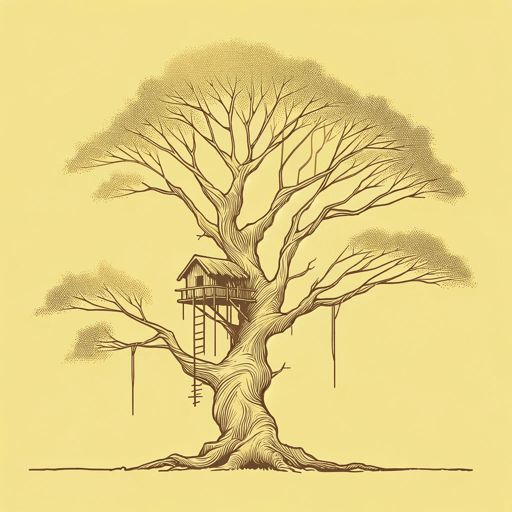34 pages • 1 hour read
Clarice LispectorThe Smallest Woman in the World
Fiction | Short Story | Adult | Published in 1960A modern alternative to SparkNotes and CliffsNotes, SuperSummary offers high-quality Study Guides with detailed chapter summaries and analysis of major themes, characters, and more.
Themes
Monstrous Desire and Dehumanization
The story connects desire with cannibalism and dehumanization to reveal the darker aspects of human nature, whereby the unique and unfamiliar become objects of desire to satisfy personal curiosities or fulfill societal expectations. Monstrous desire can be seen as distorted and excessive, often driven by curiosity, sensationalism, and a craving for power and control. In the story, this desire is exemplified by the readers of the Sunday newspaper and Marcel Pretre.
The readers are drawn to Little Flower’s small stature and perceive her as a spectacle, an anomaly to be observed and consumed. There is a connection between the monstrous desire (often represented in the story as a form of “love”) of the Western subjects who come into contact with Little Flower and the cannibalism of the Bantu tribe, whose members hunt Little Flower’s pygmy tribe. The description of cannibalism focuses on the consumption of another human being as a shocking element: “The Bantus hunt them with nets, as they do monkeys. And eat them. Just like that: they hunt them with nets and Eat them” (166). Since these facts are presented as part of the French explorer’s research, they contain his 








